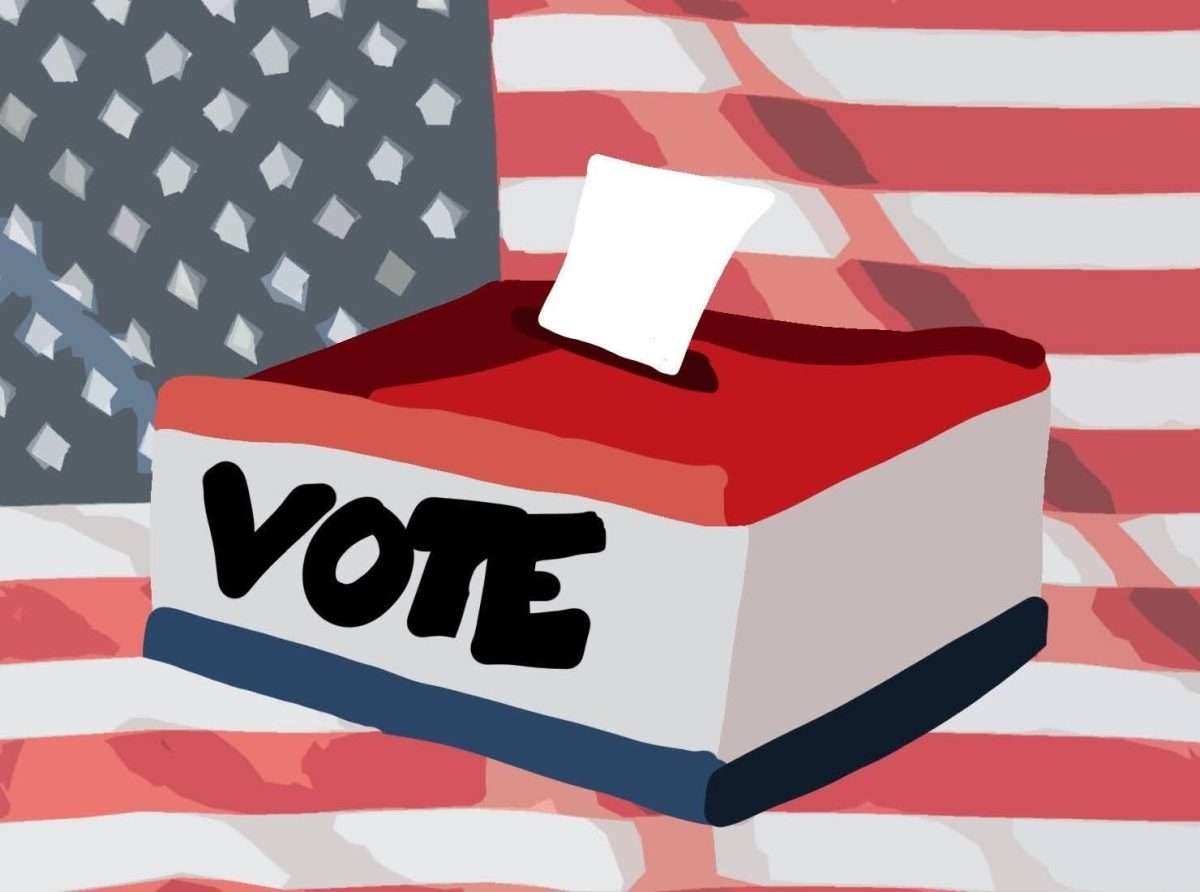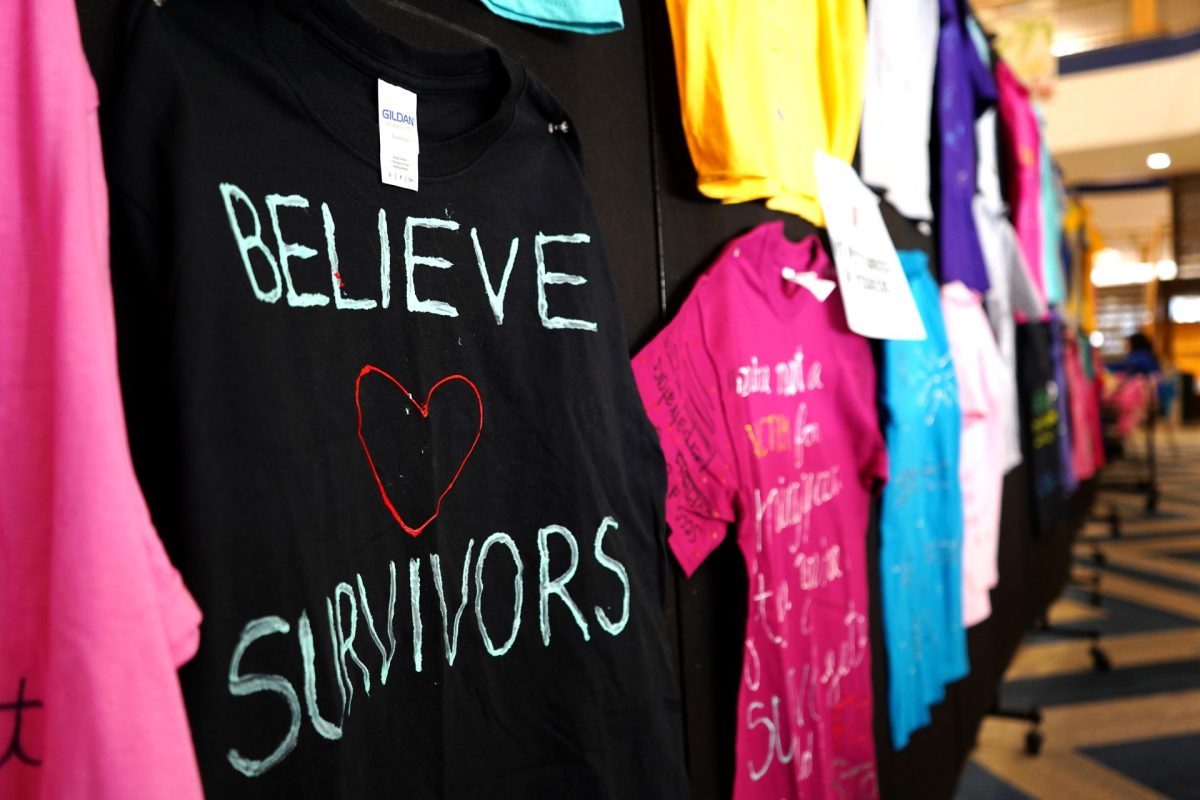It was a central piece of local gossip dur “The Lion King” in 3D still elicited the same tears and desperation on the big screen that I felt at age eight during Mufasa’s untimely death.
Peaks of joy and warmth similarly followed when Simba returned to regain his name as King of Pride Rock.
This time around, however, I wasn’t ready for the discomfort and skepticism I felt when I noticed how Mufasa and Simba had flaming red, glorious-looking manes while Scar’s stood as black as tar. Scar’s fur was also a darker color, sending out the message that light means good and dark translates into evil.
The purposeful ethnicity of Scar’s minions, the hyenas, who are meant to be seen as villains, was unsettling as well. One was evidently black, the other Mexican and the third of an unknown background, but all shared an apparent lack of intelligence.
The argument that Disney is racist is not new. Ever since the opening of “The Princess and the Frog” in 2009, people have been calling out the previous absence of an African-American main character. “The Princess and the Frog” did not help Disney’s case: the princess remains a frog for the majority of the movie, sparking even more rage against Disney.
By the time I was old enough to acknowledge these arguments, however, I wasn’t interested enough in Disney movies to examine them again, inspecting it for racist undertones. When I was younger, Disney was exciting, magical and scary for conventional reasons: heroes, villains and plot.
Now that Disney has remastered its movies into Blu-ray and has started to display them on the big screen, it’s jetting the racist ideologies in my face, basically demanding a throw-down.
OK Disney — it’s on.
“Dumbo” could be Disney’s first big-name contender, featuring faceless African-American workers who don’t say anything as well as all black, seemingly uneducated crows, symbolizing African-Americans in the ‘40s.
Watching “Dumbo” as a little girl, I recognized how the other elephants bullied Dumbo because of his ears, and I was sincerely hurt by how he was mistreated. Now, my hurt comes from a different source — the blatant discrimination.
As a little girl, Peter Pan made me fear the thought of growing old, wishing that cute boy in green tights would come scoop me away to Neverland. When watching it again, however, my excitement faded. The Native Americans explain that their skin color resulted from an ancestor blushing after kissing a girl, showing that they all used to be the normal for Disney: white.
My Disney experience has been tainted. No more can I sit down to watch a Disney film with nostalgia oozing out of my ears — now I expect to be disappointed by close-mindedness.
However, Disney has not been altogether ruined for me. Even with all the elements of racism, watching one of its movies is bittersweet.
Listening to Aladdin serenade Jasmine still makes me want to go out and buy a Persian carpet, and watching a pumpkin shape-shift into a carriage still gives me hope that vegetables can be magical.
Yet just like the fantasies Disney created, I now know it’s all too good to be true—and fair.







